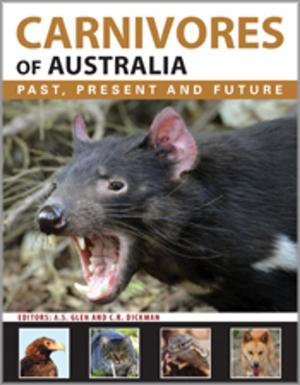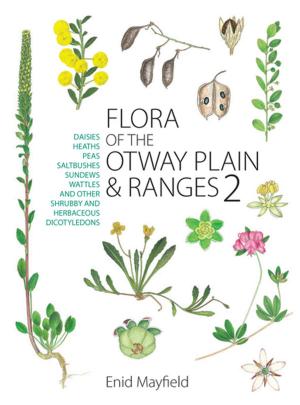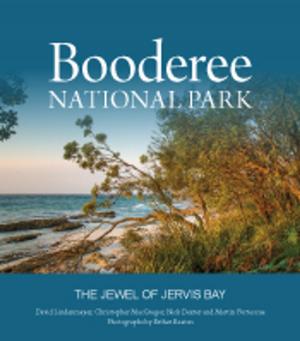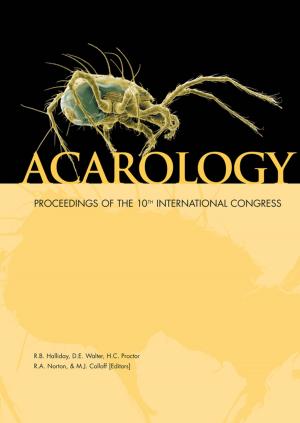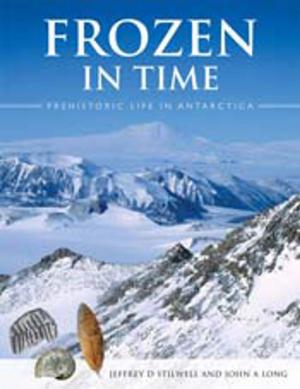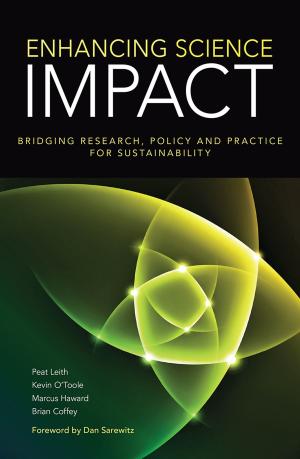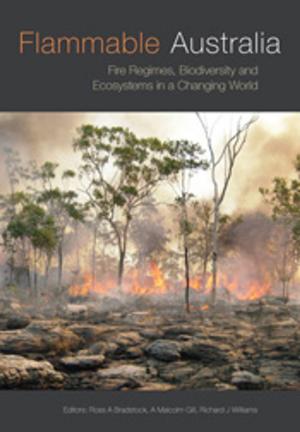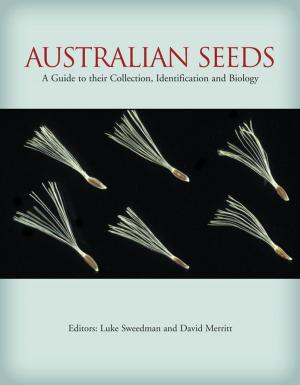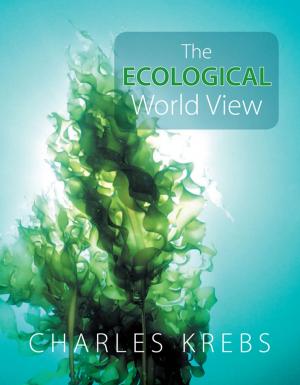Groundwater Chemical Methods for Recharge Studies - Part 2
Nonfiction, Science & Nature, Science, Biological Sciences, Marine Biology, Technology| Author: | PG Cook, AL Herczeg | ISBN: | 9780643106031 |
| Publisher: | CSIRO PUBLISHING | Publication: | March 1, 1998 |
| Imprint: | CSIRO PUBLISHING | Language: | English |
| Author: | PG Cook, AL Herczeg |
| ISBN: | 9780643106031 |
| Publisher: | CSIRO PUBLISHING |
| Publication: | March 1, 1998 |
| Imprint: | CSIRO PUBLISHING |
| Language: | English |
These notes are restricted to those geochemical methods which have been used to quantify rates of groundwater recharge. There have been two main approaches. The first involves the use of mass balances and mixing cell models, mainly using conservative (non-reacting) dissolved species. The methods range in complexity from simple back-of-the-envelope calculations (zero-dimensional chloride mass balance), to complex three-dimensional computer models. The second approach seeks to estimate the age or residence time of the groundwater by measuring compounds which are radioactive, or whose input to the aquifer has been changing over time (chlorofluorocarbons). In this report, the methodology and case examples are described. References to further information on the techniques are also provided.
These notes are restricted to those geochemical methods which have been used to quantify rates of groundwater recharge. There have been two main approaches. The first involves the use of mass balances and mixing cell models, mainly using conservative (non-reacting) dissolved species. The methods range in complexity from simple back-of-the-envelope calculations (zero-dimensional chloride mass balance), to complex three-dimensional computer models. The second approach seeks to estimate the age or residence time of the groundwater by measuring compounds which are radioactive, or whose input to the aquifer has been changing over time (chlorofluorocarbons). In this report, the methodology and case examples are described. References to further information on the techniques are also provided.

